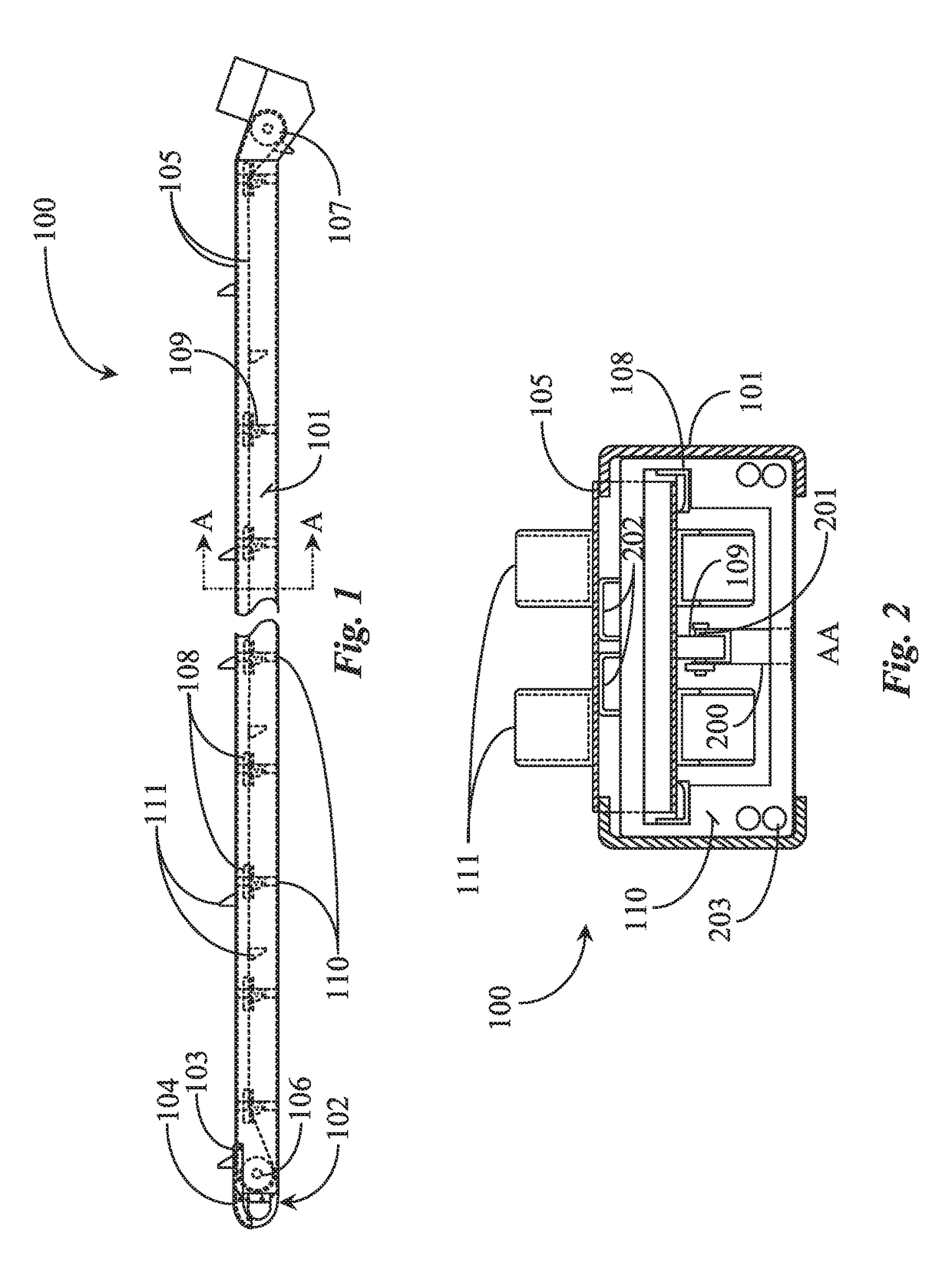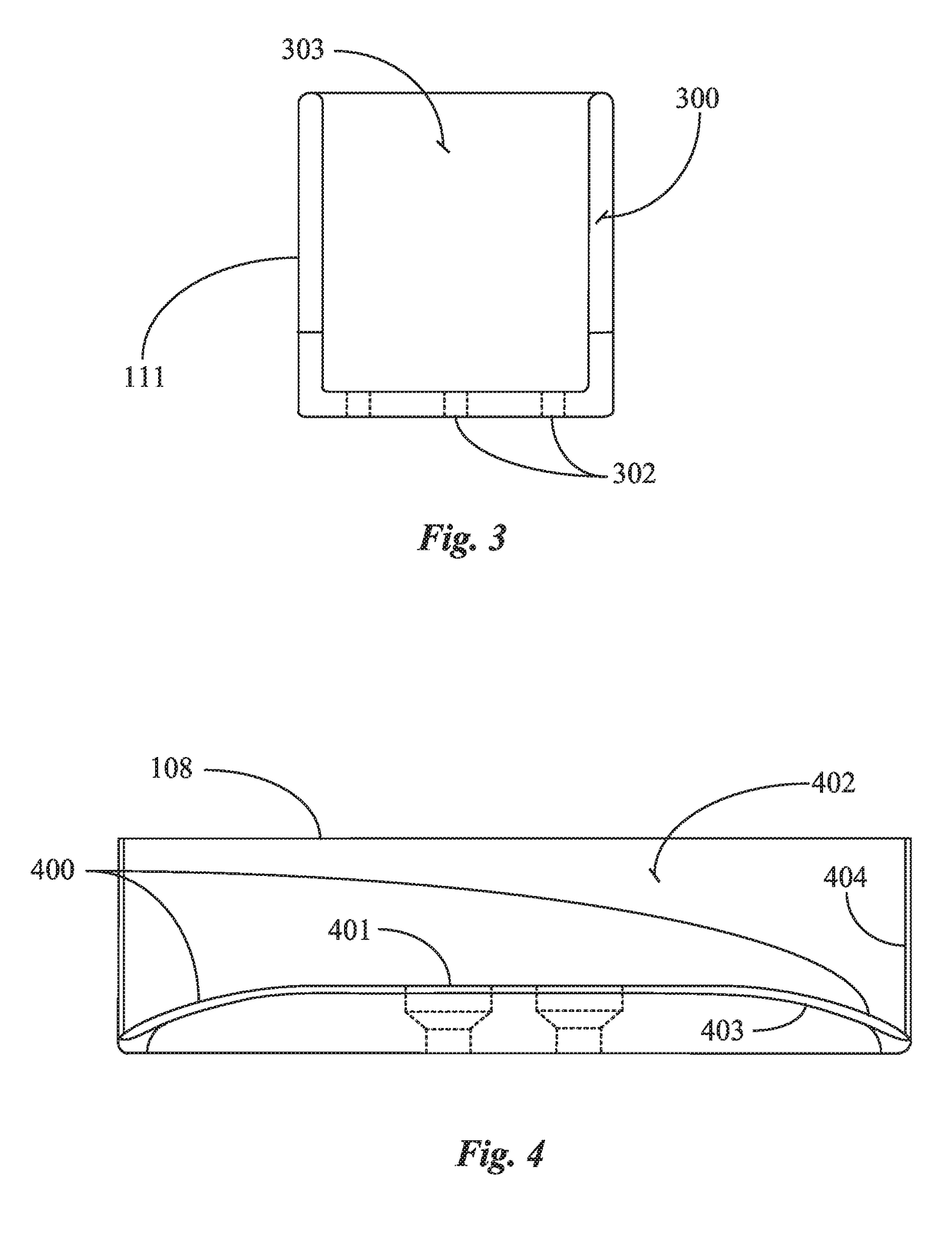Telescopic material conveyer apparatus
a conveyer and material technology, applied in the field of construction, can solve the problems of cranes being very expensive to operate, workers being injured, and requiring a more highly skilled sta
- Summary
- Abstract
- Description
- Claims
- Application Information
AI Technical Summary
Benefits of technology
Problems solved by technology
Method used
Image
Examples
Embodiment Construction
[0049]In various embodiments described in enabling detail herein, the inventors provide a relatively frictionless substantially nonconductive conveyor apparatus adaptable to a hydraulically-operated boom structure that reduces static buildup of electricity during conveyor operation and reduces frictional wear on one or more components of the conveyor apparatus including the conveyor belt. The present invention is described in enabling detail using the following examples, which may describe more than one relevant embodiment falling within the scope of the present invention.
[0050]FIG. 1 is a side elevation view of conveyor apparatus 100 according to an embodiment of the present invention. Conveyor apparatus 100 is adapted as a hydraulically powered conveyor belt 105 supported at both ends by roller assemblies 106 and 107 and by a hydraulically powered boom assembly constructed of substantially parallel side rails 101 held together by a plurality of structural cross frame members 110 d...
PUM
 Login to View More
Login to View More Abstract
Description
Claims
Application Information
 Login to View More
Login to View More - R&D
- Intellectual Property
- Life Sciences
- Materials
- Tech Scout
- Unparalleled Data Quality
- Higher Quality Content
- 60% Fewer Hallucinations
Browse by: Latest US Patents, China's latest patents, Technical Efficacy Thesaurus, Application Domain, Technology Topic, Popular Technical Reports.
© 2025 PatSnap. All rights reserved.Legal|Privacy policy|Modern Slavery Act Transparency Statement|Sitemap|About US| Contact US: help@patsnap.com



